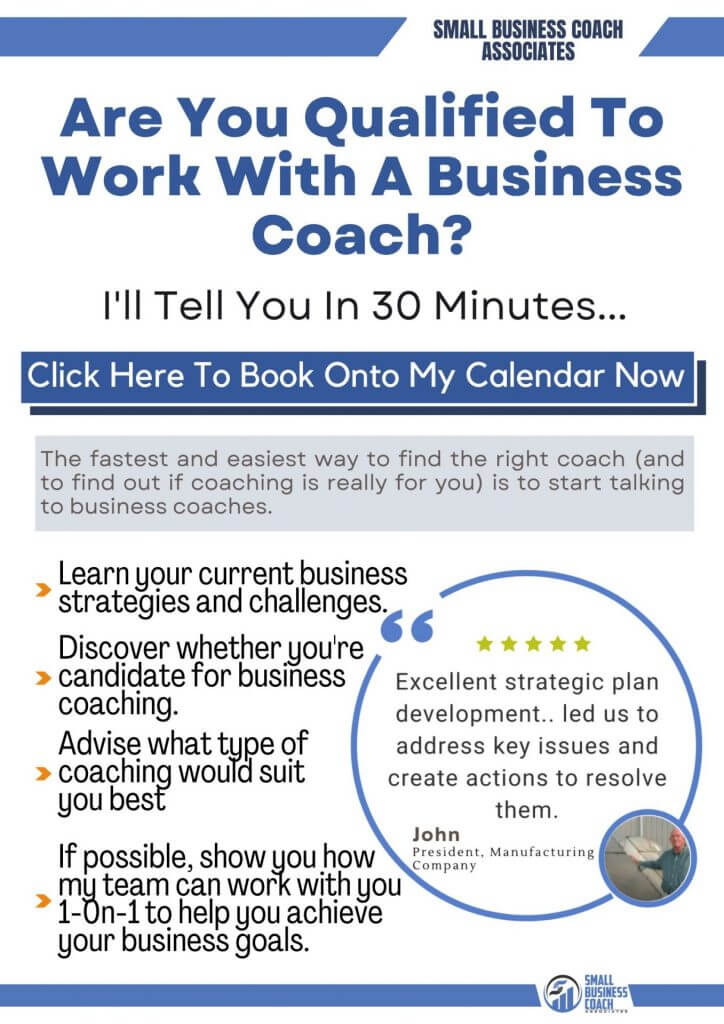VIEW BY TOPIC
- Finding Customers
- Business Systems
- Managing Employees
- Leadership
- Managing Money
Related Posts

Ready to Grow Your Business Fast?
Here’s How I Grew Five Businesses, and Eventually Sold One to a Fortune 500 Company.

Unleashing the Power of Customer Advocacy: Key Strategies
Customer advocacy is one of the most effective tools companies can use to increase their customer base and build loyalty. It involves customers actively promoting a company’s product or service through word of mouth or online reviews. This kind of promotion can be incredibly valuable, as it comes from a trusted source and has the potential to reach a large audience.
To achieve this, organizations must consider having customer advocacy programs in place. According to statistics, these programs lead to a 16% increase in customer lifetime value, and companies with such strong programs see a 40% increase in referral business and a 35% higher retention rate.
With the right tactics and reliable customer advocacy software tools, you can create personalized and targeted experiences, leading to increased customer loyalty. Below we share the best strategies to harness your customers’ strong voices to drive growth and attract new customers to achieve this.
The Difference between Customer Advocates and Referrals

The distinction between referrals and advocates isn’t always obvious. They’re both satisfied customers who’ve agreed to tell their stories on behalf of your business through videos, blogs, or other engagements. Referrals, for instance, are specific recommendations passed on by satisfied customers to their family, friends, and acquaintances.
Customer advocates, however, engage in strategic relationships and participate in promotional activities that are mutually beneficial. Advocates are a powerful form of influence and persuasion. When customers experience top-quality products, assistance, and services, they form bonds with the brand. This bond is strengthened when companies put customer-centricity as the cornerstone of their strategy, and cater to customers’ demands.
Companies benefit from the candid feedback of customers on their products and services, which helps them grow their business. Customers, on the other hand, benefit from building their social capital by raising their professional profile and extending their network.
Prepare to Tap Potential Customer Advocates
In this day and age, negative testimonials are more likely to be shared than positive ones, and to make matters worse, these negative reviews tend to stick. However, even if criticism cannot be avoided, with careful planning when identifying an advocate you can control the engagement of your customers for a more positive outcome.
Identifying a Customer Advocate
Many businesses have loyal and happy customers who have not been fully capitalized. A good first step would be to start exploring these strategic customers who have an interesting story to share. Many companies use surveys to gain insights into customer sentiments. In addition, account managers often turn out to be the best people to identify passionate advocates.
Aligning Cross-Functional Teams
Aligning yourself with internal stakeholders, such as account managers, service providers, delivery teams, other customer-facing teams, public relations, and marketing, can be a great way to get their help in pursuing customers to become advocates and allow for the smooth execution of your advocacy program. Keep in mind that securing an executive sponsor can also strengthen your request.
Customer Meeting
Learn everything you can about the customer’s business, their journey, and the experience they have had with the products and services of your organization, before meeting them for the first time. Explain the benefits of the program to the customer during the meeting.
Detailing how the mutually-beneficial partnership promotes the customer’s personal and professional branding, the opportunities to expand the network, and the way they become the trusted information source on the market can help you secure their commitment and loyalty. Also, make sure to discuss how the customer can take part in a variety of reference activities.
Get Prepared For A Reference Activity

As a company, you should partner with your customer to ensure the content is presented in the best interest of both parties. The prep session can be optimized by gathering key metrics and KPIs in advance. The customer can provide feedback by sharing the narrative or presentation with them. This will allow an honest and open dialogue.
Understanding the advocates’ presentation and the topics they want to discuss, and engaging them consistently, will help you plan future and current activities. Researching if they have ever contributed to the company’s previous reference activities will also help you understand their voice, attitude, and enthusiasm for the program.
Demonstrate Gratitude
It’s important to remember that the customer may be promoting your brand voluntarily, but they do so out of respect for your company and your products. You cannot take the customer for granted. Even the simplest, yet most authentic expression of gratitude can help build trust and loyalty between you, your business, and your customer.
Final Thoughts on Customer Advocacy
Every customer is different and they may have different abilities and skills. A company may have many employees, but certain people at the customer’s organization are positive about your products and services. The most important factor in purchasing decisions is word of mouth, and advocates have the greatest influence.
To make an advocacy program successful, it’s crucial to ensure that the program is relevant for the customer and that it is shaped around a well-designed and strategic plan. This will allow them to get value from their participation.














